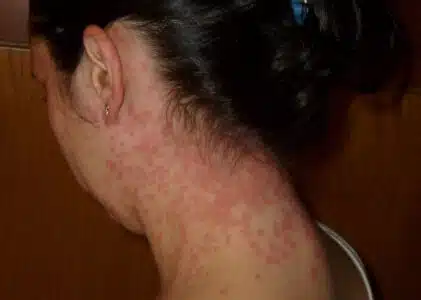Can You Get Petechiae from Stress
Can you get petechiae from stress? Let's embark on this journey together to uncover if there is indeed a connection.
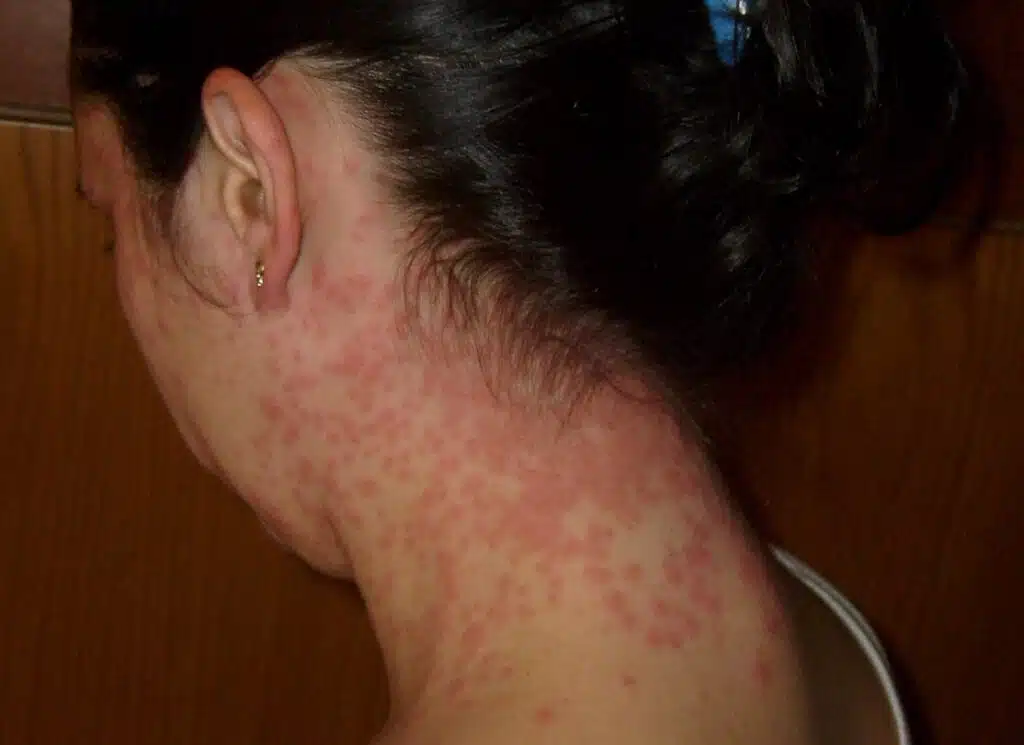
Have you ever noticed those small, red or purple pinpoint spots on your skin that just seem to appear out of nowhere? If so, it's likely you've encountered petechiae.
Now, as concerned individuals who care for our own well-being and the well-being of others around us, we can't help but wonder what might cause these mysterious spots.
We know stress takes a toll on our bodies in many ways – could it be possible that petechiae are yet another manifestation of stress.
In doing so, we'll not only quench our curiosity but also gain knowledge that may help ourselves and others better understand how our body reacts under duress.
So, buckle up and get ready as we dive into the world of petechiae and stress!
Understanding Petechiae: Causes and Symptoms
Understanding the complex world of petechiae can be like trying to navigate a maze filled with twists and turns. It's easy for anyone to feel lost, especially when confronted with a mysterious symptom like the appearance of tiny red spots on one's skin.
These small, pinpoint-sized purple or red spots are called petechial rash, which is often caused by blood disorders or other underlying conditions. As concerned human beings looking for answers, it's crucial that we delve deeper into understanding the causes and symptoms associated with these unsettling marks.
In our quest to comprehend this phenomenon better, we must consider several factors such as bacterial infections, viral infections, low platelets count, and even allergic reactions – all of which could potentially cause damage to our tiny blood vessels beneath the surface of the skin leading to the appearance of petechiae.
But what about stress? Can something intangible like emotional strain affect us physically in such a way?
The truth is that while there may not be direct evidence linking stress alone to causing petechial rash; however, stress has been known to exacerbate existing health issues or lead individuals down pathways towards more serious conditions if left unchecked.
Therefore, it becomes imperative that we carefully examine both physical aspects and psychological influences involved in experiencing symptoms like these perplexing spots. In doing so, we hope you'll join us as we venture further into exploring the link between stress and petechiae: a deeper look awaits us around each corner.
The Link Between Stress and Petechiae: A Deeper Look
Now that we have a better understanding of what petechiae are and their possible causes, it's time to examine the connection between stress and this skin condition. Many people wonder if experiencing high levels of stress can lead to these tiny red dots appearing on our skin.
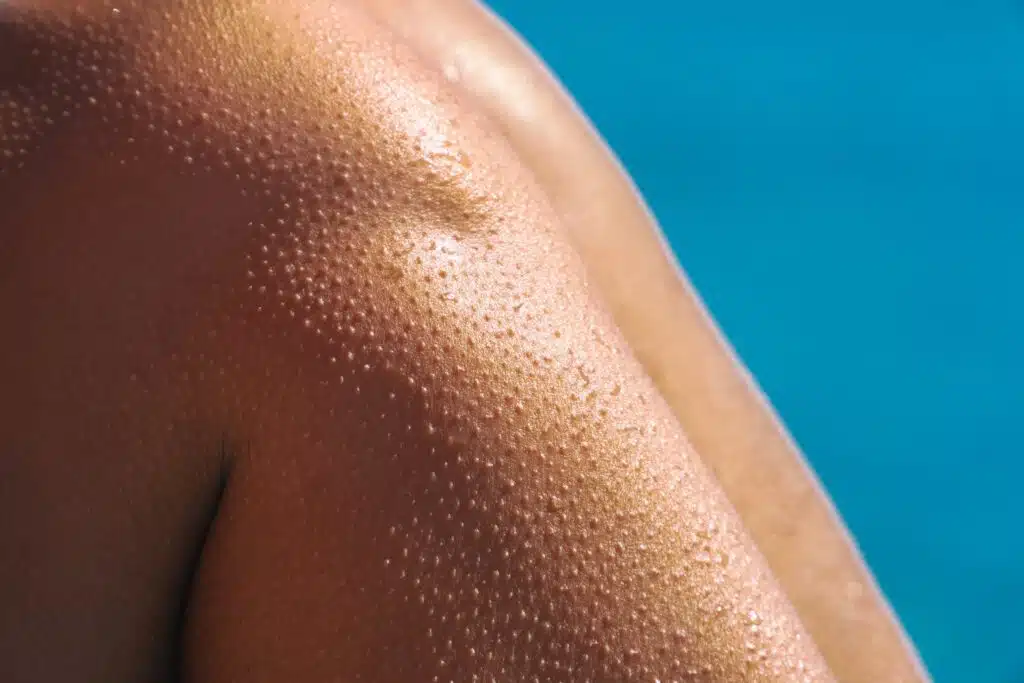
It is important to explore this possibility as it may provide insight into preventing or managing such skin problems.
Stress has been known to contribute to various skin conditions due to its impact on the immune system. When we're under constant pressure or anxiety, our body produces more cortisol which weakens our immune response. Consequently, existing health issues might worsen leading to noticeable symptoms like petechiae.
While stress itself may not be the direct underlying cause of petechiae, it could exacerbate other factors leading to their appearance, such as low platelet count or increased body heat. By identifying how stress plays a role in triggering these small blood spots, we can take steps towards finding effective ways for individuals struggling with petechiae to manage their condition while also addressing any emotional strain they may be facing.
Next up, let's delve deeper into the role of cortisol and stress-related hormones in petechiae formation.
The Role of Cortisol and Stress-Related Hormones In Petechiae Formation
As we explore the possibility of petechiae formation due to stress, it's essential to understand the role cortisol and other stress-related hormones play in this process.
Cortisol is a hormone produced by our adrenal glands that helps regulate various bodily functions, including blood pressure and immune system responses.
When we experience high levels of stress, our body releases more cortisol as part of its natural ‘fight or flight' response mechanism.
This surge in cortisol production can potentially affect blood vessels and blood flow throughout the body, leading some researchers to believe there may be a connection between petechiae development and elevated stress levels.
While further research is needed to establish a definitive link between stress-induced hormonal changes and petechiae formation, it's crucial for us all to recognize the importance of managing stress effectively for overall health and well-being.
Practicing self-care, engaging in regular exercise, seeking emotional support from loved ones, or speaking with mental health professionals are just a few ways we can help alleviate chronic stress and promote healing within our bodies.
As we continue delving into this topic, let's next examine whether anxiety and panic attacks could also contribute to the appearance of petechiae.
Can Anxiety and Panic Attacks Cause Petechiae
You may be wondering if anxiety and panic attacks can cause petechiae, those red dots that appear when tiny blood vessels under the skin break. It's understandable to feel concerned about this possibility, especially if you're someone who experiences frequent episodes of stress or struggles with managing anxiety.
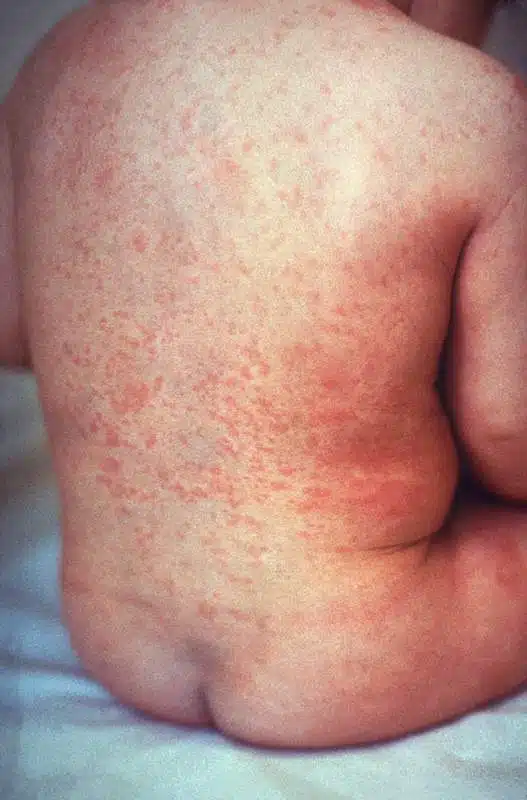
While it is true that stress can manifest in various physical symptoms like skin rashes, there isn't a direct link between anxiety-induced stress and petechiae.
Petechiae: These are small, pinpoint-sized red or purple spots caused by broken capillaries just beneath the surface of the skin.
Stress: Although chronic stress can lead to many health issues such as weakened immune system, high blood pressure, and heart disease, its connection with developing petechiae remains inconclusive.
Anxiety and Panic Attacks: They often cause rapid breathing and increased heart rate; however, these physiological changes don't typically result in rupturing capillaries leading to petechiae.
Despite not having a clear connection between stress-induced anxiety or panic attacks and petechiae development, it is still essential to seek ways to manage your stress levels for overall well-being.
In our next section on ‘managing stress to prevent petechiae: effective techniques', we will discuss strategies that can help you better handle life's challenges while also potentially reducing your risk for various health concerns related to excessive stress.
Managing Stress to Prevent Petechiae: Effective Techniques
Managing stress is essential in preventing a variety of health issues, including petechiae. While it's true that some cases of petechiae may be the result of an underlying skin condition or infection, stress can indeed exacerbate these issues and cause further damage to our bodies.
It's important for us to take care of ourselves not only physically but also mentally because when we are stressed, our immune system is weakened, making us more susceptible to infections and other non-infectious medical conditions.
One effective technique for managing stress is practicing progressive muscle relaxation (PMR), which involves tensing and relaxing different muscle groups throughout your body systematically.
Incorporating mindfulness practices such as meditation or yoga into your daily routine can also help manage stress levels and potentially prevent petechiae from forming on your skin. If you're unsure where to start, there are countless resources online with guided meditations designed specifically for stress relief.
Additionally, engaging in regular physical activity has been proven to reduce stress; just remember not to overdo it as excessive exercise can increase body heat leading to febrile reactions that might contribute to developing petechiae.
As a caring individual who wants the best for themselves and others around them, taking steps toward managing stress effectively will benefit both your mental well-being and overall health.
Now that we've explored techniques for coping with stress let’s discuss how to identify severe cases of petechiae so you know when it's time to seek professional medical help.
When To Seek Medical Help: Identifying Severe Cases of Petechiae
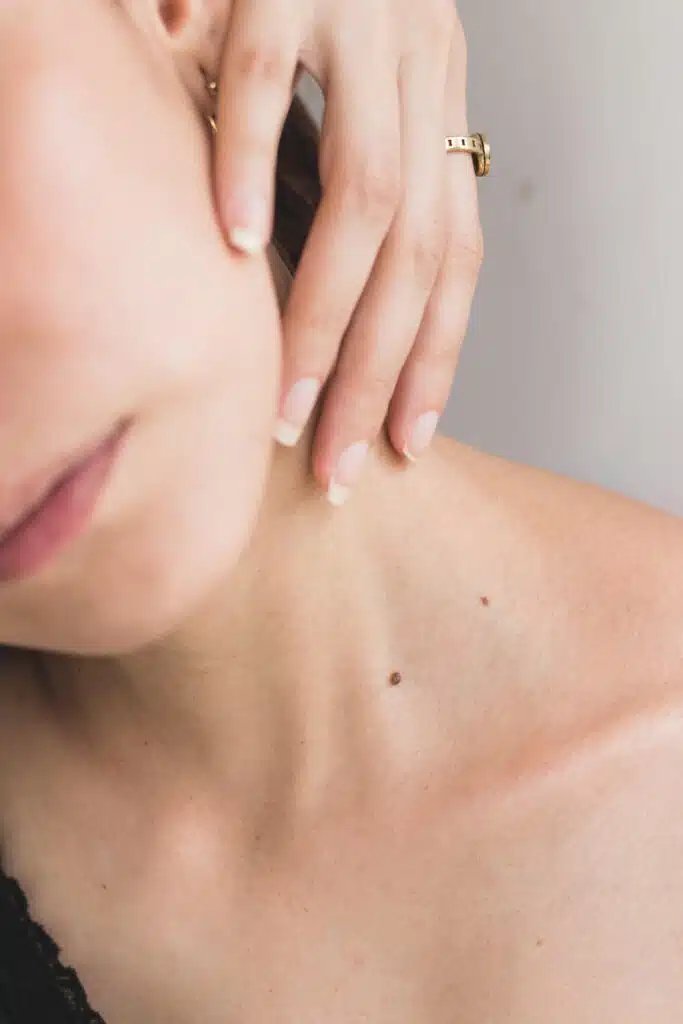
As a dark cloud looms over your thoughts, the possibility of petechiae being caused by stress may be unsettling. It's crucial to remember that our bodies and minds are complex systems, intricately woven together in ways we sometimes cannot fathom.
In times like these, it is essential to seek solace in knowledge and understanding. When you notice signs of petechiae or experience an unusual amount of stress, it becomes paramount to distinguish between mild cases and severe ones requiring medical help. Identifying contextually relevant symptoms can make all the difference as you embark on this journey.
Severe cases of petechiae often present themselves with additional symptoms such as fever, joint pain, swelling, or difficulty breathing – all potential red flags urging you to seek professional assistance immediately.
By becoming more aware of your body's signals and recognizing when something feels off-kilter, you are not only taking care of yourself but also serving others around you by setting a mindful example.
So let us move forward hand-in-hand towards better health and peace of mind for ourselves and those we cherish most.
Summary
In conclusion, it's evident that the relationship between stress and petechiae is a complex one. While there might be some truth to the idea that extreme stress can contribute to the development of these small red spots, it would be wise not to jump to any conclusions just yet.
After all, our bodies are intricate systems with countless factors at play; what may seem like a simple cause-and-effect situation could very well have more layers than we realize.

As we navigate this uncertain terrain, it's important for us as concerned individuals to seek out knowledge and understanding wherever possible. By exploring topics like cortisol levels, anxiety attacks, and effective stress management techniques, we can better equip ourselves in case we ever encounter petechiae or other similar conditions.
And remember: if you're ever unsure about your health or symptoms, don't hesitate to consult with a medical professional – they'll be able to provide guidance tailored specifically to your needs.
So keep asking questions and searching for answers; after all, when it comes to matters of our own well being, curiosity isn't just encouraged – it's essential.
By staying informed and proactive in our approach towards maintaining good health, we can ensure that potential issues such as petechiae remain manageable rather than overwhelming – allowing us to live life with confidence and peace of mind.
FAQs
Can blood spots be caused by stress
Yes, blood spots or petechiae can be caused by stress. When the body undergoes stress, it can lead to the constriction of small blood vessels and a temporary increase in blood pressure, which may result in the rupture of these vessels. Apart from stress, petechiae can also be caused by bacterial or fungal infections, allergic reactions, or physical strain. In some cases, the presence of petechiae may indicate an underlying medical condition that requires treatment.
Why am I getting petechiae all of a sudden?
Sudden onset of petechiae can be caused by various factors, including stress, bacterial infection, an allergic reaction, or physical strain. It is essential to consult a healthcare provider to determine the cause, as some cases may be related to a more serious condition that requires specific treatment. A physical examination and blood tests can help identify the underlying cause and develop a suitable treatment plan.
Is it normal to have random petechiae?
Random petechiae can occur due to stress, small blood vessel injury, or minor trauma. However, frequent or persistent petechiae may be indicative of an underlying condition, such as a blood clot, vitamin C deficiency, or infectious causes like Rocky Mountain spotted fever. In such cases, it is crucial to seek medical advice to determine the appropriate treatment options
Should you worry about petechiae?
While petechiae can be caused by stress or other benign factors, they can also be a sign of a more serious condition. If you notice petechiae on your skin or mucous membranes, it is essential to consult a healthcare provider for a proper evaluation. Immediate medical attention may be necessary if petechiae are accompanied by symptoms like abdominal pain, fever, or difficulty breathing, as these may indicate an underlying medical condition that requires prompt treatment.
Petechiae, when to worry?
You should worry about petechiae when they appear suddenly, are widespread, or are accompanied by other concerning symptoms such as fever, joint pain, or shortness of breath. These could indicate a more serious condition, like an infection or a blood clotting disorder. In such cases, it is crucial to seek immediate medical attention for proper diagnosis and treatment.
How long does petechiae last?
The duration of petechiae depends on the cause. If the petechiae are stress-induced, they usually resolve within a few days to a week once the stress is managed. However, petechiae caused by bacterial or fungal infections, an allergic reaction, or an underlying medical condition may require specific treatment and may take longer to heal. It is important to consult a healthcare provider to determine the most suitable treatment plan for your situation.


